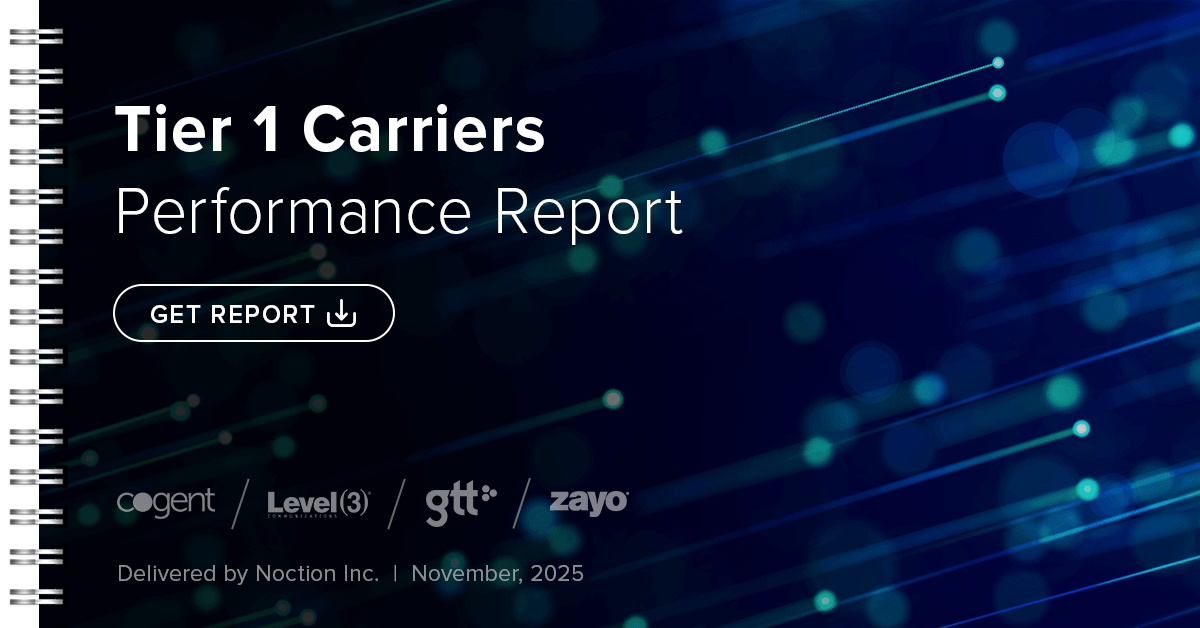Digital Twin Network (DTN)
Explore the concept of Digital Twin Network in the networking industry, including its potential applications and benefits. Learn how DTN can help network operators overcome some of the challenges they face in managing complex and dynamic networks.
Definition
Related Products
Related Resources
What is a Digital Twin Network (DTN)?
A digital twin network is a simulated model of a physical network that can be utilized to examine, identify, simulate, and manage the physical network. It employs data, models, and interfaces to facilitate analysis, emulation, diagnosis, and control of the physical network.
By engaging in live data exchange, the physical network and the digital twin network can virtualize elements of the physical network, including its topology, traffic, and status. The twin network layer’s virtualization reflects the real-world characteristics of the physical network, including consistent topology between the physical network and the twin network, equal numbers of network elements, and identical traffic information.
Digital Twin Network Traffic Flow Considerations
To support the regular operations of the network application layer, the twin network layer must precisely simulate the traffic in the physical network. The twin traffic and the physical traffic must adhere to the following three characteristics simultaneously:
- The forwarding paths of both traffic types should be consistent. This means that the twin nodes that twin traffic passes through at the twin network layer should match the physical nodes that physical traffic passes through at the physical network layer.
- Both traffic types must exhibit consistent network performance. Specifically, twin traffic and physical traffic should have the same performance in terms of packet loss, jitter, and network delay.
The data characteristics of both traffic types should be consistent. This includes the traffic rate, data packet priority, data packet length, and quintuple information.
What are the Benefits of Setting up a Digital Twin Network?
Setting up a Digital Twin Network can offer several benefits, including:
- Improved Operational Efficiency: A digital twin network can help optimize operations and reduce downtime. By creating a virtual replica of physical assets, it becomes easier to monitor and manage them. Operators can identify potential issues and make necessary adjustments in real-time, reducing the likelihood of equipment failure.
- Enhanced Product Development: With a digital twin network, it is possible to simulate and test new products or processes before investing in their physical implementation. This can save time and resources and help identify potential flaws early on in the development process.
- Improved Predictive Maintenance: By monitoring equipment in real-time, operators can identify potential issues before they become major problems. Predictive maintenance can help reduce downtime and extend the lifespan of the equipment.
- Enhanced Safety and Security: Digital twins can be used to simulate emergency scenarios and train personnel to respond to them. This can help reduce the risk of accidents and improve the overall safety. Additionally, digital twin networks can be used to identify potential security threats and vulnerabilities, allowing operators to take proactive measures to mitigate them.
- Increased Collaboration: A digital twin network can facilitate collaboration between teams and departments, as well as with external partners and stakeholders. By providing a shared platform for data and insights, it becomes easier to identify opportunities for improvement and work together to achieve common goals.
Digital Twin Network Considerations
- Data Privacy and Security: Digital Twin Networks rely heavily on data from various sources, which can include sensitive information. It is important to ensure that this data is protected and secure to prevent unauthorized access or misuse.
- Interoperability and Integration: To create a successful Digital Twin Network, it is important to ensure that the digital twins are interoperable and can be integrated with each other. This can be a challenge when dealing with different types of devices, sensors, and systems that may use different protocols and standards.
- Scalability and Flexibility: Digital Twin Networks can quickly become complex and unwieldy, making it important to consider scalability and flexibility from the beginning. This includes ensuring that the network can handle an increasing number of digital twins and that it can adapt to changing business needs and technologies.
- Maintenance and Management: Digital Twin Networks require ongoing maintenance and management to ensure that they continue to function properly and deliver value. This includes monitoring the performance of digital twins, identifying and addressing issues, updating and upgrading the network as needed.
- Cost and ROI: Implementing a Digital Twin Network can be expensive, and it is important to carefully consider the costs and potential return on investment. This includes factors such as the cost of sensors and devices, the cost of creating and maintaining the digital twins, and the potential benefits in terms of improved efficiency, productivity, and cost savings.
Noction Intelligent Routing Platform
BGP routing optimization platform for utmost network performance
Noction IRP Lite
Free feature-restricted Intelligent Routing Platform version
Noction Flow Analyzer
Powerful, Feature-rich, and Affordable network traffic analysis system for all
MULTIHOMING: STEP-BY-STEP GUIDE
This document is intended to provide step-by-step guidance to connecting your network to multiple transit providers, a practice called multihoming.
BGP IN LARGE NETWORKS
This eBook provides the basic principles and considerations for implementing BGP in networks with multiple locations.
BGP PREFIX FILTERING
This eBook provides best practices and troubleshooting tips for efficient BGP prefix propagation.
BGP MULTI EXIT DISCRMINATOR
This eBook is intended to guide you through every aspect of the BGP Multi Exit Discriminator and how to use it with Internet Exchanges and Route Servers.






